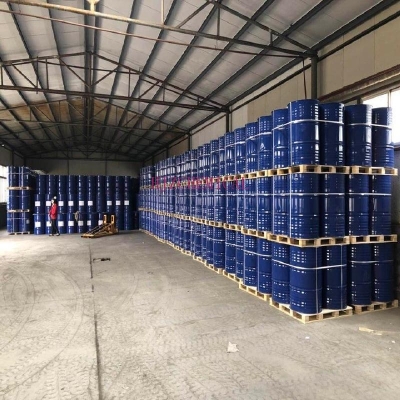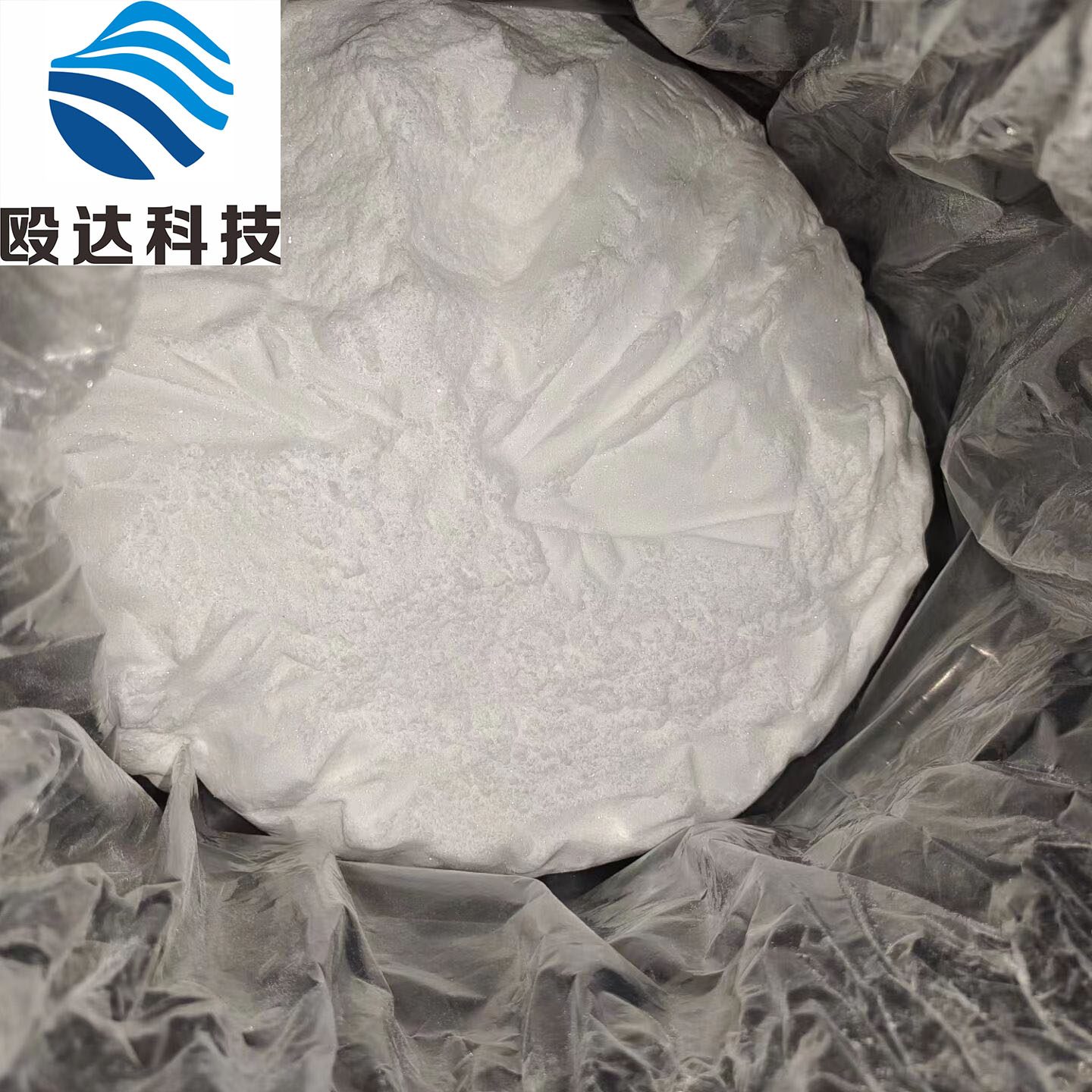-
Categories
-
Pharmaceutical Intermediates
-
Active Pharmaceutical Ingredients
-
Food Additives
- Industrial Coatings
- Agrochemicals
- Dyes and Pigments
- Surfactant
- Flavors and Fragrances
- Chemical Reagents
- Catalyst and Auxiliary
- Natural Products
- Inorganic Chemistry
-
Organic Chemistry
-
Biochemical Engineering
- Analytical Chemistry
- Cosmetic Ingredient
-
Pharmaceutical Intermediates
Promotion
ECHEMI Mall
Wholesale
Weekly Price
Exhibition
News
-
Trade Service
According to the 2019 Hydropower Report released by the International Hydropower Association (IHA) World Hydropower Congress in Paris, more than 21.
8GW of hydroelectric installations were put into operation
in 2018.
As of 2018, the cumulative installed capacity of hydropower reached 1,292GW worldwide, and the generation capacity of hydropower projects reached a record 4,200 TWh in 2018, which is the highest contribution
in the renewable energy sector.
In 2018, China added 8,540MW of new hydropower capacity, followed by Brazil (3,866MW), Pakistan (2,487MW), Turkey (1,085MW), Angola (668MW), Tajikistan (605MW), Ecuador (556MW), India (535MW), Norway (419MW) and Canada (401 MW).
Brazil is now the second largest producer of hydropower, with installed capacity reaching 104.
1GW in 2018, surpassing the US with 102.
7GW.
The world's largest producer of hydropower is China, with an installed capacity of 352.
3GW.
With pumped storage capacity reaching 160.
3GW in 2018 (up 1.
9GW from 2017), the report also calls for reform of the market framework and regulatory process for this clean "water battery" technology, particularly in liberalized markets
.
In total, 48 countries around the world increased hydropower capacity
in 2018.
The report shows that East Asia and the Pacific has once again increased its capacity, accumulating 9.
2GW of new hydropower installed capacity last year, followed by South America (4.
9GW), South and Central Asia (4.
0GW), Europe (2.
2GW), Africa (1GW), and North and Central America (0.
6GW).
Four years since the United Nations agreed on the Sustainable Development Goals in 2015, governments increasingly recognize the vital role
hydropower plays in providing affordable clean electricity, managing freshwater, combating climate change and improving livelihoods.
According to the 2019 Hydropower Report released by the International Hydropower Association (IHA) World Hydropower Congress in Paris, more than 21.
8GW of hydroelectric installations were put into operation
in 2018.
As of 2018, the cumulative installed capacity of hydropower reached 1,292GW worldwide, and the generation capacity of hydropower projects reached a record 4,200 TWh in 2018, which is the highest contribution
in the renewable energy sector.
In 2018, China added 8,540MW of new hydropower capacity, followed by Brazil (3,866MW), Pakistan (2,487MW), Turkey (1,085MW), Angola (668MW), Tajikistan (605MW), Ecuador (556MW), India (535MW), Norway (419MW) and Canada (401 MW).
Brazil is now the second largest producer of hydropower, with installed capacity reaching 104.
1GW in 2018, surpassing the US with 102.
7GW.
The world's largest producer of hydropower is China, with an installed capacity of 352.
3GW.
With pumped storage capacity reaching 160.
3GW in 2018 (up 1.
9GW from 2017), the report also calls for reform of the market framework and regulatory process for this clean "water battery" technology, particularly in liberalized markets
.
In total, 48 countries around the world increased hydropower capacity
in 2018.
The report shows that East Asia and the Pacific has once again increased its capacity, accumulating 9.
2GW of new hydropower installed capacity last year, followed by South America (4.
9GW), South and Central Asia (4.
0GW), Europe (2.
2GW), Africa (1GW), and North and Central America (0.
6GW).
Four years since the United Nations agreed on the Sustainable Development Goals in 2015, governments increasingly recognize the vital role
hydropower plays in providing affordable clean electricity, managing freshwater, combating climate change and improving livelihoods.







